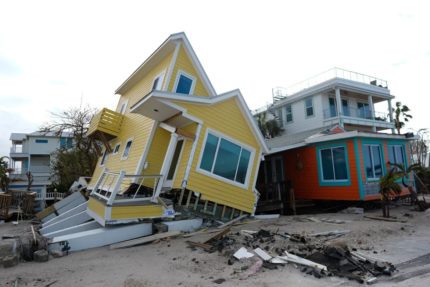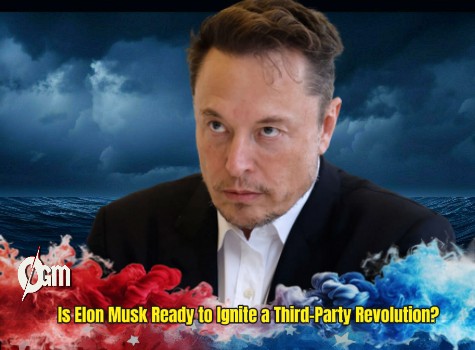Hurricane Milton has left a devastating mark on Florida, causing widespread power outages and flooding. As the storm swept through the state, over two million homes and businesses were left without power, and thousands of residents were forced to flee their homes due to rising waters. Emergency responders, including 1,600 urban search and rescue specialists, have been tirelessly working to save people trapped by the floods. Florida’s Chief Financial Officer, Jimmy Patronis, highlighted the complexity of the recovery efforts, which include trauma surgeons, structural engineers, and rescue dogs working in tandem with rescue teams.
Despite the significant damage by Hurricane Milton, Governor Ron DeSantis stated that the state did not face a “worst-case scenario,” as earlier projections had suggested the storm could be even more catastrophic. However, the damage is still severe, with officials warning that the death toll, currently at 16, is expected to rise as rescue efforts continue. Several neighborhoods remain submerged, and officials are racing against time to restore essential services aftermath of hurricane Milton.
How Hurricane Conspiracy Theories Took Over Social Media
While emergency teams worked to rescue those affected by Hurricane Milton, another storm was brewing online—one of misinformation and conspiracy theories. Social media platforms, particularly X (formerly Twitter), became a hotbed of false claims and baseless theories regarding the origins and effects of not only Hurricane Milton but also Hurricane Helene, which hit the U.S. earlier. Some viral posts cast doubt on the legitimacy of hurricane forecasts and questioned the allocation of relief funds, with unfounded claims that the funds were being used for migrants.
Former President Donald Trump further amplified this narrative, echoing claims that government aid was being diverted. Additionally, many users shared faked images of the destruction, including AI-generated pictures of children fleeing the devastation and doctored videos showing exaggerated storm damage. False theories about government weather manipulation or “geo-engineering” also gained traction, despite a lack of evidence. This surge of misinformation highlights the growing role social media plays in spreading falsehoods during natural disasters.
Rescue Workers Assess Hurricane Milton’s Devastating Path in Florida
As Hurricane Milton moved into the Atlantic Ocean, leaving behind a trail of destruction, rescue workers continued to assess the full impact of the storm. Initial reports indicate that hurricane Milton, which made landfall as a Category 3 hurricane, brought with it torrential rains of up to 18 inches in some areas, leading to widespread flooding. In addition to the floods, the storm surge reached 5 to 10 feet above ground in certain areas, particularly between Siesta Key and Ft. Myers Beach.
Recovery efforts are being hampered by lingering floodwaters, but Florida’s search and rescue teams are working around the clock to assist affected communities. More than 40,000 linemen have been deployed across the state to restore power, but full recovery could take weeks or even months. Meanwhile, as the state grapples with the immediate aftermath, NASA has been conducting inspections at its Kennedy Space Center in Cape Canaveral, which sustained damage that delayed a planned launch of the Europa Clipper spacecraft.
A Deluge of Misinformation Online About Back-to-Back Hurricanes in the U.S.
As Hurricane Milton made headlines for its destructive path, online platforms saw a surge in misinformation about back-to-back hurricanes in the U.S., fueling public confusion. Social media algorithms, designed to prioritize engagement, allowed false and misleading content to proliferate rapidly. Posts questioning the legitimacy of weather forecasts and the use of hurricane relief funds became widespread, drawing millions of views and interactions.
In some cases, entirely fabricated narratives were spread, including claims that the hurricanes were artificially engineered. AI-generated images and computer-generated videos depicting exaggerated destruction and fabricated events went viral, contributing to a growing sense of unease. Such misinformation not only undermined trust in legitimate rescue and relief efforts but also complicated the work of emergency responders who were battling not only the storm but also public distrust. Authorities are urging the public to rely on credible sources and official updates as rescue and recovery operations continue.














